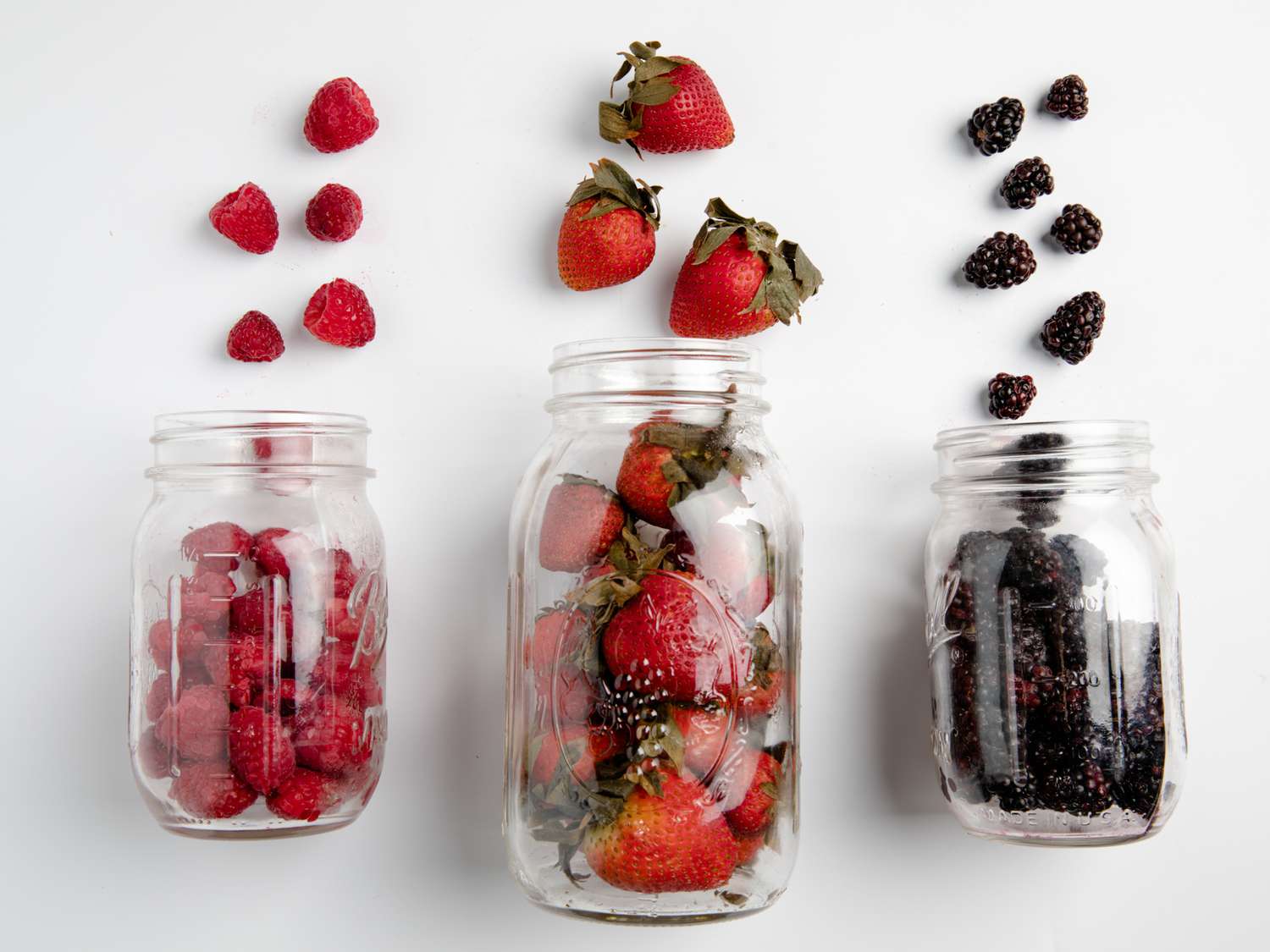

Articles
How To Store Fruit In Glass Jars
Modified: January 6, 2024
Learn the best methods for storing fruit in glass jars with these helpful articles. Keep your fruit fresh and delicious for longer with these tips and tricks.
(Many of the links in this article redirect to a specific reviewed product. Your purchase of these products through affiliate links helps to generate commission for Storables.com, at no extra cost. Learn more)
Introduction
Storing fruit in glass jars is a versatile and effective method for preserving their freshness and extending their shelf life. Glass jars offer several benefits over other storage options, such as plastic containers or bags. Not only do they provide an airtight seal, but they also prevent exposure to light, which can degrade the quality of the fruit.
In this article, we will explore the benefits of storing fruit in glass jars and guide you through the process of choosing the right jars, preparing the fruit for storage, sterilizing the jars, packing the fruit, sealing the jars, and storing them properly. We will also provide tips and tricks for monitoring and maintaining fruit freshness.
So, whether you have an abundant harvest from your garden, or you just want to make the most of the fresh produce you bought from the market, storing fruit in glass jars is an excellent option to consider. Get ready to dive into the world of fruit preservation and discover how easy it can be!
Key Takeaways:
- Preserve the taste of summer by storing fruit in glass jars. Follow proper preparation, sterilization, and sealing techniques to enjoy fresh, flavorful fruits all year round.
- Embrace creativity and experiment with flavors when storing fruit in glass jars. Share your homemade preserves and prioritize food safety for a fruitful and enjoyable preservation experience.
Read more: How To Store Fruit In Jars
Benefits of Storing Fruit in Glass Jars
Storing fruit in glass jars offers several advantages that make it a preferred method of preservation for many. Here are some of the key benefits:
- Prolongs Freshness: Glass jars create an airtight seal, preventing air and moisture from entering the container. This helps to preserve the freshness and flavor of the fruit for a longer period of time compared to other storage methods.
- Protects from Light: Glass jars are opaque and do not allow light to penetrate, protecting the fruit from harmful UV rays. Exposure to light can accelerate the decomposition process and cause a loss of nutrients and color.
- Avoids Chemical Leaching: Unlike plastic containers, glass jars do not leach harmful chemicals into the fruit. This is especially important if you are storing acidic fruits that can react with plastic and compromise the quality of the fruit.
- Eco-Friendly: Glass jars are a sustainable choice for fruit storage as they are reusable and recyclable. By opting for glass jars, you can reduce your environmental impact and contribute to a greener future.
- Easy to Clean: Glass jars are easy to clean and sanitize, ensuring hygienic storage for your fruit. They can be washed in hot, soapy water or run through a dishwasher, making the cleaning process a breeze.
- Visually Pleasing: Storing fruit in glass jars not only helps to preserve their freshness but also creates a visually appealing display in your pantry or refrigerator. The vibrant colors of the fruit can be admired through the transparent glass, adding a touch of aesthetic beauty to your storage space.
These benefits make storing fruit in glass jars a practical and attractive option for anyone looking to extend the shelf life of their fruit and reduce food waste. Now that we’ve explored the advantages, let’s move on to choosing the right glass jars for fruit storage.
Choosing the Right Glass Jars for Fruit Storage
When it comes to storing fruit in glass jars, selecting the right jars is crucial for ensuring optimal preservation and convenience. Here are some factors to consider when choosing glass jars for fruit storage:
- Size and Shape: Consider the size and shape of the glass jars based on the type and quantity of fruit you plan to store. Smaller fruits like berries or cherries may require smaller jars, while larger fruits like peaches or apples may require larger jars.
- Mouth Opening: Opt for glass jars with wide mouth openings to make it easier to pack the fruit into the jars and extract it when needed. This will also facilitate easy cleaning and sterilization.
- Airtight Seal: Look for glass jars with reliable airtight lids or seals to ensure that air and moisture cannot enter the jar, which can lead to spoilage. Rubber gasket seals or clamp lids are popular choices for achieving an airtight seal.
- Quality Material: Choose glass jars made from high-quality, food-grade glass that is sturdy and durable. Avoid jars that are prone to breaking or chipping easily, as this can compromise the safety and longevity of your fruit storage.
- Clear or Colored Glass: Decide whether you prefer clear or colored glass jars for your fruit storage. Clear glass allows you to see the contents at a glance, while colored glass can provide additional protection against light exposure.
- Quantity Needed: Consider the quantity of fruit you intend to store and purchase an adequate number of glass jars to accommodate your needs. It’s better to have a few extra jars on hand to account for unexpected abundance.
It’s important to note that not all glass jars are suitable for long-term fruit storage. Mason jars or canning jars are typically the preferred choice due to their sturdiness and ability to withstand heat during the canning process. These jars are readily available in various sizes and can be reused multiple times.
By carefully selecting the right glass jars for your fruit storage needs, you lay the foundation for successful preservation and easy access to your delicious fruits. In the next section, we will delve into the process of preparing the fruit for storage.
Preparing the Fruit for Storage
Properly preparing the fruit before storing it in glass jars is essential for maintaining its quality and extending its shelf life. Follow these steps to ensure that your fruit is ready for storage:
- Choose Ripe and Fresh Fruit: Select fruits that are ripe and in their prime. Avoid overripe or damaged fruits, as they are more prone to spoilage during storage.
- Sort and Wash: Sort through the fruit and remove any bruised or spoiled pieces. Gently wash the fruit under cool running water to remove any dirt or residue. Pat them dry with a clean towel.
- Peel or Slice (if necessary): Depending on the type of fruit, you may need to peel or slice it before storing. For example, citrus fruits can be peeled and separated into sections, while larger fruits like peaches or apples can be sliced into smaller pieces.
- Remove Seeds or Pits: Take the time to remove any seeds, pits, or cores from the fruit. This will prevent them from imparting a bitter taste or affecting the texture of the stored fruit.
- Treat with Lemon Juice (if needed): Some fruits, like apples or pears, may oxidize and turn brown when exposed to air. To prevent this, you can lightly coat the fruit with lemon juice, which acts as a natural antioxidant.
It’s important to follow these steps meticulously to ensure that your fruit is clean, free from any defects, and properly prepared for storage. Once the fruit is ready, it’s time to move on to sterilizing the glass jars to ensure a hygienic environment for your fruit.
Sterilizing the Glass Jars
Sterilizing the glass jars is a crucial step in fruit storage to prevent the growth of bacteria and ensure the longevity of your preserved fruit. Follow these steps to sterilize your glass jars:
- Wash the Jars: Start by thoroughly washing the glass jars and lids with hot, soapy water. Use a bottle brush to clean the inside of the jars. Rinse them well to remove any soap residue.
- Boiling Method: The most common method for sterilizing glass jars is boiling them. Place the washed jars and lids in a large pot and cover them with water.
- Boil the Jars: Bring the water to a rolling boil and let the jars and lids boil for at least 10 minutes. This process helps to kill any bacteria or germs present and ensures a sterile environment.
- Remove from Heat: Carefully remove the jars and lids from the boiling water using tongs or a jar lifter. Place them on a clean kitchen towel or drying rack to air dry.
- Alternatively, Use a Dishwasher: If you have a dishwasher, you can also sterilize the glass jars by running them through a high-temperature cycle without any detergent. This method is convenient and provides effective sterilization.
It’s important to note that the rubber gaskets or seals used with some glass jars should not be boiled as it can cause them to deteriorate. Instead, wash them with warm soapy water and rinse them thoroughly.
By sterilizing your glass jars, you create a clean and safe environment for your fruit storage. The next step is to pack the prepared fruit into the sterilized jars.
Read more: How To Store Fruits In Mason Jars
Packing the Fruit into Glass Jars
Now that you have prepared the fruit and sterilized the glass jars, it’s time to pack the fruit into the jars for optimal storage. Follow these steps to ensure that the fruit is properly packed:
- Fill the Jars: Start by filling each sterilized glass jar with the prepared fruit. Pack the fruit tightly into the jars, leaving a little space at the top for expansion during storage.
- Shake or Tap: Gently shake or tap the jars to remove any air bubbles that may be trapped in between the fruit. This step helps to ensure that the fruit is packed tightly and minimizes the risk of spoilage.
- Leave Headspace: It’s important to leave some headspace at the top of the jars to allow for expansion and proper sealing. Refer to the specific guidelines for each type of fruit to determine the appropriate amount of headspace.
- Wipe the Jar Rims: Use a clean, damp cloth or paper towel to wipe the rims of the jars, ensuring that they are free from any fruit juices or residue. This will help to achieve a proper seal when closing the jars.
When packing the fruit, you can opt for different methods depending on your preference and the type of fruit. Some fruits, like berries or sliced fruits, can be directly packed into the jars. Others, like peaches or apples, may require a sugar syrup or fruit juice to preserve their flavor and texture.
Remember to label the jars with the date of storage and the type of fruit to easily identify them later. This way, you can keep track of the freshness and rotation of your stored fruit.
Now that the fruit is packed into the jars, the next step is to seal the jars properly to ensure airtightness and prevent spoilage.
When storing fruit in glass jars, make sure to clean and dry the jars thoroughly before adding the fruit. This will help prevent mold and spoilage.
Sealing the Glass Jars Properly
Properly sealing the glass jars is essential to preserve the freshness and quality of the stored fruit. Follow these steps to ensure a tight and secure seal:
- Place Lids and Bands: After packing the fruit into the jars, place the sterilized lids on top. Depending on the type of glass jar, you may also have bands or clips that hold the lids in place.
- Tighten the Lids: Use your fingers to tighten the lids securely but do not over-tighten. The purpose is to create a seal, not to apply excessive force.
- Water Bath Method (Optional): If you are using canning jars or wish to further ensure the seal, you can use a water bath method. This involves submerging the sealed jars in boiling water for a specified period of time to create a vacuum seal. This method is particularly useful for long-term storage.
- Check for Sealing: After sealing the jars, check for proper sealing by pressing down on the center of the lid. If it is firm and doesn’t flex or make a popping sound, the jar is properly sealed. If the lid flexes or pops, it indicates a faulty seal and the jar should be refrigerated and consumed within a few days.
- Label and Store: Finally, label the sealed jars with the contents and date of storage. Store the sealed glass jars in a cool, dark place, away from direct sunlight and extreme temperature fluctuations.
Properly sealed glass jars will create an airtight environment, preventing the entry of air and moisture that can cause spoilage. This sealing process is crucial for preserving the flavor, texture, and nutritional value of the fruit over an extended period of time.
Now that the glass jars of fruit are properly sealed, it’s time to store them in the ideal conditions for maintaining freshness and quality.
Storing the Glass Jars of Fruit
After sealing the glass jars of fruit, it’s important to store them in a suitable environment to maintain their freshness and quality. Follow these guidelines for proper fruit storage:
- Cool and Dark Location: Store the glass jars in a cool and dark place, such as a pantry or cellar. Avoid areas that are exposed to direct sunlight or fluctuating temperatures, as these can negatively affect the quality of the fruit.
- Avoid Temperature Extremes: Keep the storage area at a consistent temperature. Extreme temperatures, either too hot or too cold, can compromise the texture, flavor, and nutritional value of the fruit.
- Avoid Moisture: Ensure that the storage area is dry and free from excess humidity. Moisture can lead to mold or spoilage of the fruit, even within the sealed glass jars.
- Organize and Rotate: Arrange the glass jars in an organized manner, ensuring that the oldest jars are placed in the front for easy access. This will help you to rotate the fruit and consume them in a timely manner to maintain freshness.
- Check Regularly: Periodically check the stored fruit for any signs of spoilage, such as mold growth, off smells, or changes in texture or color. If you notice any issues, discard the affected jar to prevent the spoilage from spreading.
By storing the glass jars of fruit in optimal conditions, you can extend their shelf life and enjoy flavorful fruits even when they’re out of season. However, it’s important to be proactive in monitoring and maintaining the freshness of the stored fruit.
Speaking of maintenance, let’s dive into the next section where we’ll provide tips and tricks for monitoring and ensuring the freshness of your stored fruit.
Monitoring and Maintaining Fruit Freshness
Monitoring the freshness of the stored fruit is essential to ensure its quality and prevent spoilage. Here are some tips and tricks for effectively monitoring and maintaining fruit freshness:
- Regularly Inspect the Jars: Check the glass jars of fruit regularly for any signs of spoilage or deterioration. Look for mold growth, off smells, or changes in texture or color. If you notice any issues, discard the affected jar to prevent contamination.
- Rotate the Fruit: As time goes by, it’s important to rotate the fruit and consume the older jars first. This helps to ensure that the fruit is consumed before it deteriorates, allowing you to enjoy the freshest produce.
- Properly Re-Seal Opened Jars: If you open a jar and only consume a portion of the fruit, make sure to re-seal the jar tightly to maintain its freshness. Use a new lid or airtight seal and store it back in the proper conditions.
- Keep an Eye on Temperature: Ensure that the storage area remains at a consistent temperature. Fluctuations in temperature can accelerate the spoilage process. Aim for a cool, stable environment to prolong the freshness of the fruit.
- Check for Gas Buildup: Occasionally, check the sealed jars for any signs of gas buildup, such as a bulging lid. This could indicate that fermentation is occurring, which may lead to spoilage. If you notice any bulging lids or signs of fermentation, discard the affected jar.
- Consider Refrigeration: If you live in a particularly hot or humid climate, or if you anticipate storing the fruit for an extended period, refrigeration can help maintain its freshness. However, keep in mind that refrigeration may affect the texture of certain fruits, so it’s important to find a balance.
By closely monitoring the stored fruit and following these maintenance tips, you can enjoy the freshness and flavor of your preserved fruit for an extended period. Remember to consume the fruit within a reasonable timeframe to ensure the best taste and nutritional value.
With these tips in mind, you are well-equipped to store and maintain the freshness of your fruit in glass jars. Let’s wrap up with some final tips and tricks for successful fruit storage.
Read more: How To Store Fruit In Mason Jars
Tips and Tricks for Successful Fruit Storage in Glass Jars
To ensure successful fruit storage in glass jars and maintain the freshness of your preserved fruits, consider these helpful tips and tricks:
- Use High-Quality Fruit: Start with fresh, high-quality fruit for the best results. The quality of the fruit you use will directly impact the taste and longevity of the preserved fruit.
- Follow Recommended Storage Times: Different fruits have varying storage times. It’s important to follow guidelines and recommended storage times for specific fruits to ensure optimal quality and freshness.
- Experiment with Flavors: Enhance the flavor of your preserved fruit by adding spices, herbs, or flavorings to the jars. Cinnamon sticks, vanilla beans, or a splash of citrus juice can add a delicious twist to your stored fruit.
- Label and Date the Jars: Clearly label each jar with the fruit type and date of storage. This will help you keep track of how long the fruit has been stored and make it easier to rotate and consume the oldest jars first.
- Consider Different Preservation Methods: If you’re interested in exploring other preservation methods, such as making jams or jellies, you can use the glass jars for those purposes as well. This allows for even more versatility in storing and enjoying your fruits.
- Share the Bounty: If you find yourself with a surplus of preserved fruit, consider sharing with friends, family, or neighbors. It’s a wonderful way to spread the joy of your homemade preserves and prevent any waste.
- Enjoy in Various Culinary Applications: Preserved fruits in glass jars can be used in a variety of culinary applications. They can be enjoyed as toppings for yogurt, oatmeal, or ice cream, used in baked goods, or even incorporated into savory dishes like salads or sauces.
- Practice Food Safety: Always prioritize food safety when preserving and storing fruits. Wash your hands thoroughly before handling the fruit and follow proper sterilization and sealing techniques to prevent contamination.
- Experiment and Have Fun: Don’t be afraid to experiment with different fruits, flavors, and combinations. Preserving fruits in glass jars allows for creativity and customization, so have fun and enjoy the process!
By incorporating these tips and tricks into your fruit storage routine, you’ll be well on your way to successful preservation and enjoying the flavors of your fruits long after the harvest season.
So, embrace the art of fruit preservation in glass jars and savor the taste of summer all year round!
Remember to always prioritize safety and enjoy the delicious fruits you’ve carefully stored. Happy preserving!
Would you like any further assistance?
Conclusion
Storing fruit in glass jars provides a myriad of benefits, from prolonging freshness to avoiding chemical leaching and offering an eco-friendly storage solution. By choosing the right glass jars, preparing the fruit properly, sterilizing the containers, and packing the fruit tightly, you can ensure optimal preservation. Sealing the glass jars properly and storing them in a cool, dark place will help maintain freshness and flavor. Monitoring the jars regularly, rotating the fruit, and following food safety practices are essential for successful fruit storage.
Preserving fruit in glass jars allows you to enjoy the taste of fresh, ripe fruits long after their season has passed. By applying tips and tricks such as labeling and dating the jars, experimenting with flavors, and sharing your bounty, you can make the most of your preserved fruits.
From homemade jams and jellies to delicious fruit toppings and baking ingredients, the possibilities are endless. Remember to embrace creativity, prioritize food safety, and have fun throughout the preservation process.
So, start harnessing the power of glass jars for fruit storage and fill your pantry with a rainbow of preserved fruits. With the right techniques and a dash of enthusiasm, you can delight in the flavors of summer all year round.
Enjoy the process of preserving and savoring the fruits of your labor. Here’s to fruitful and flavorful days ahead!
If you have any further questions or need assistance, feel free to ask. Happy fruit storage!
Frequently Asked Questions about How To Store Fruit In Glass Jars
Was this page helpful?
At Storables.com, we guarantee accurate and reliable information. Our content, validated by Expert Board Contributors, is crafted following stringent Editorial Policies. We're committed to providing you with well-researched, expert-backed insights for all your informational needs.
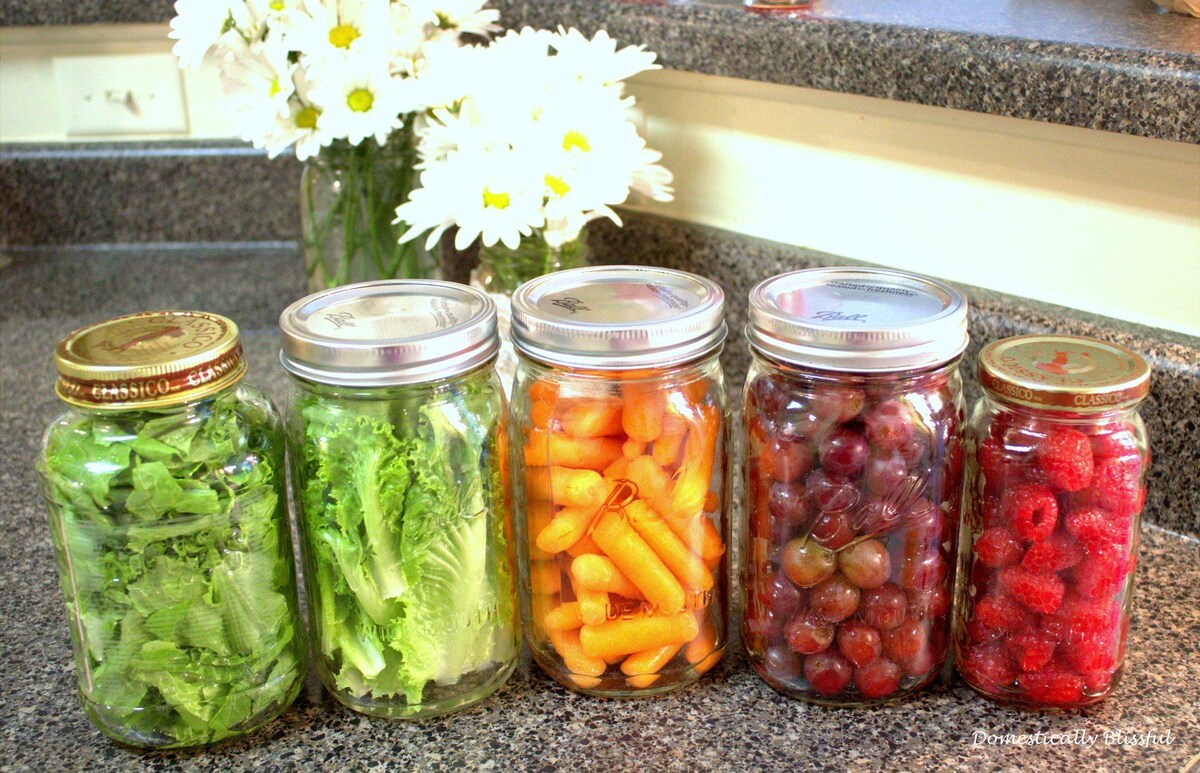
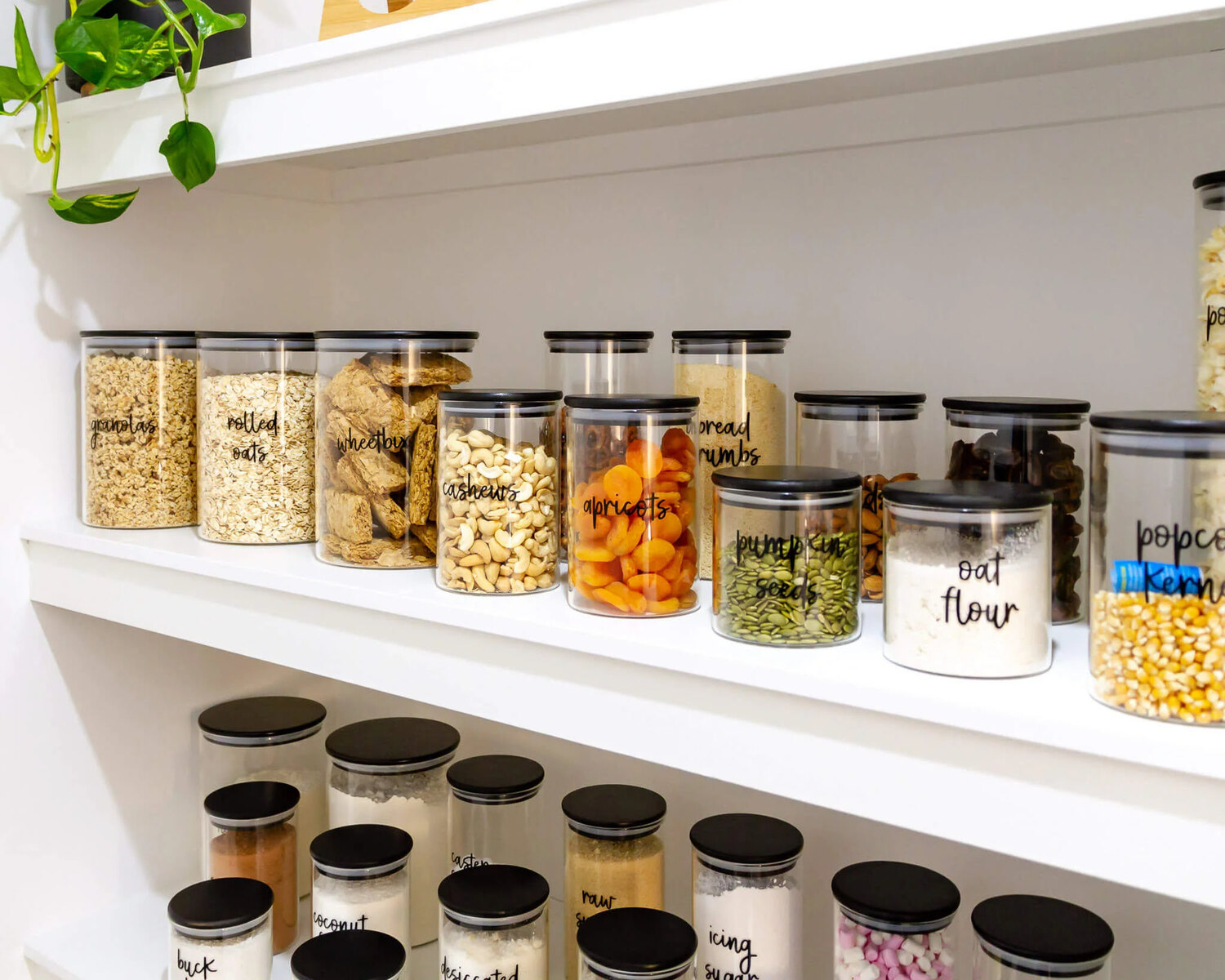
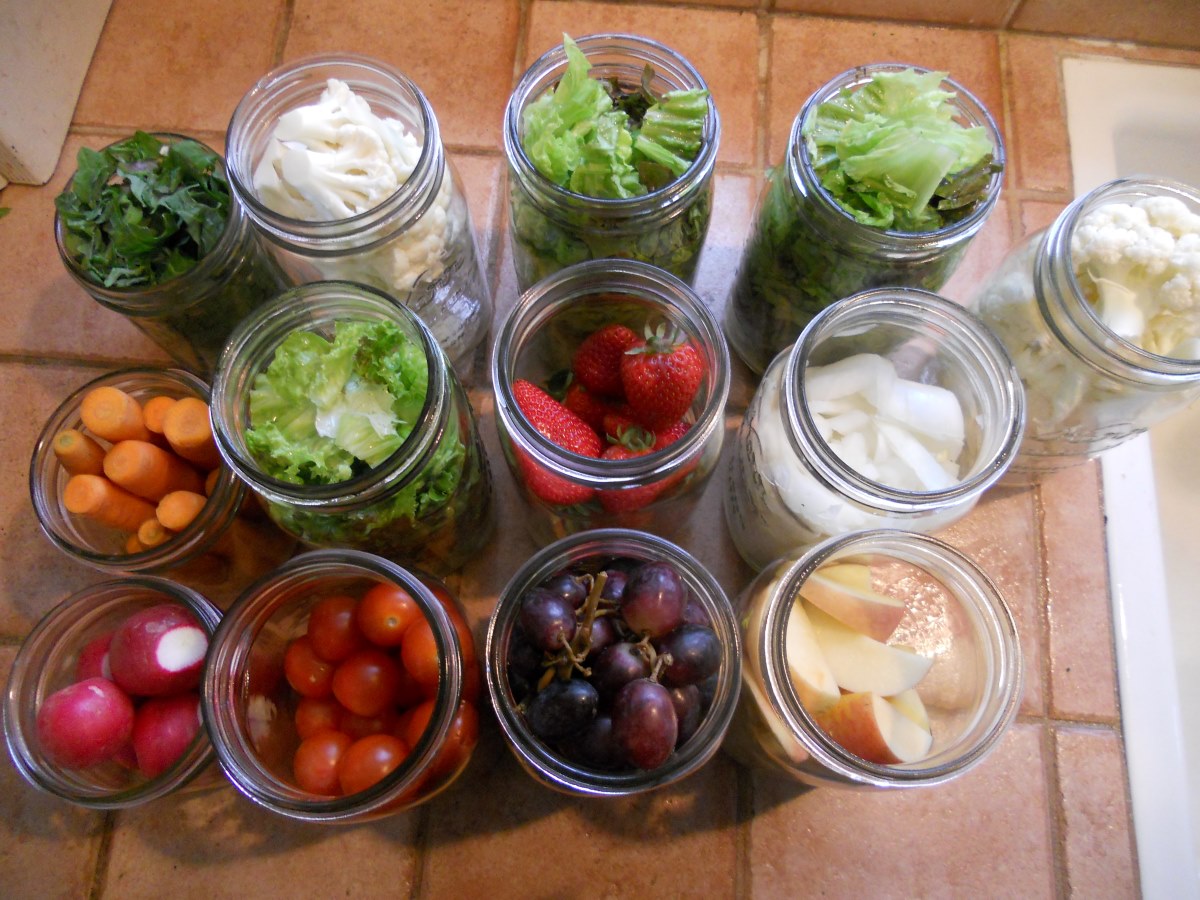
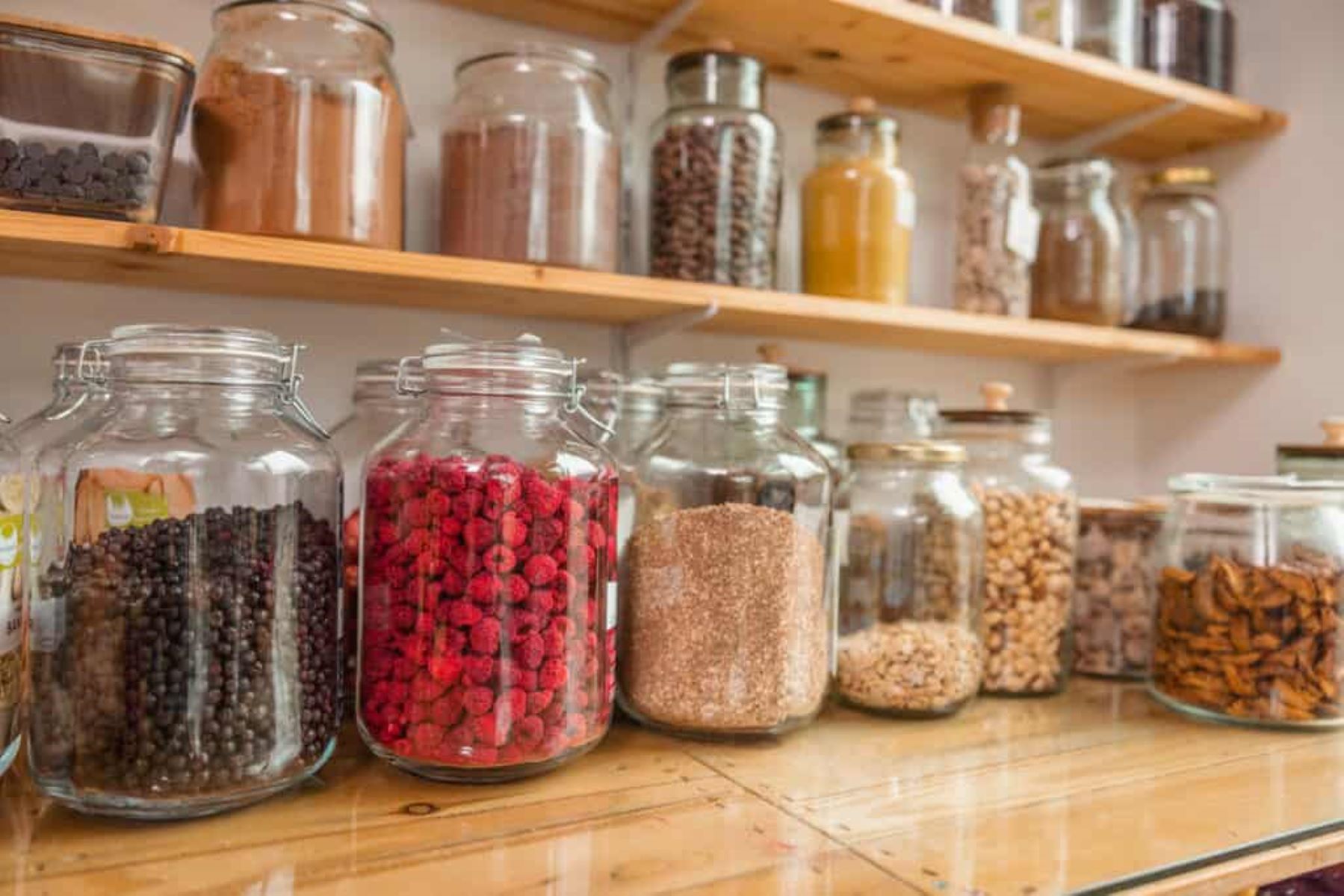
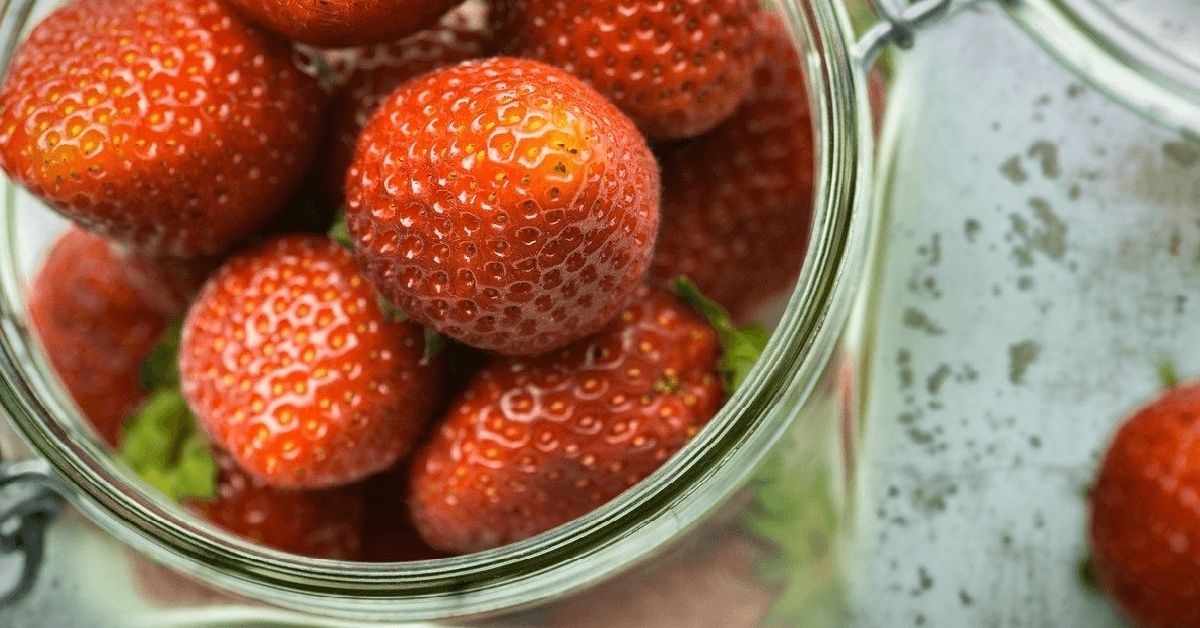
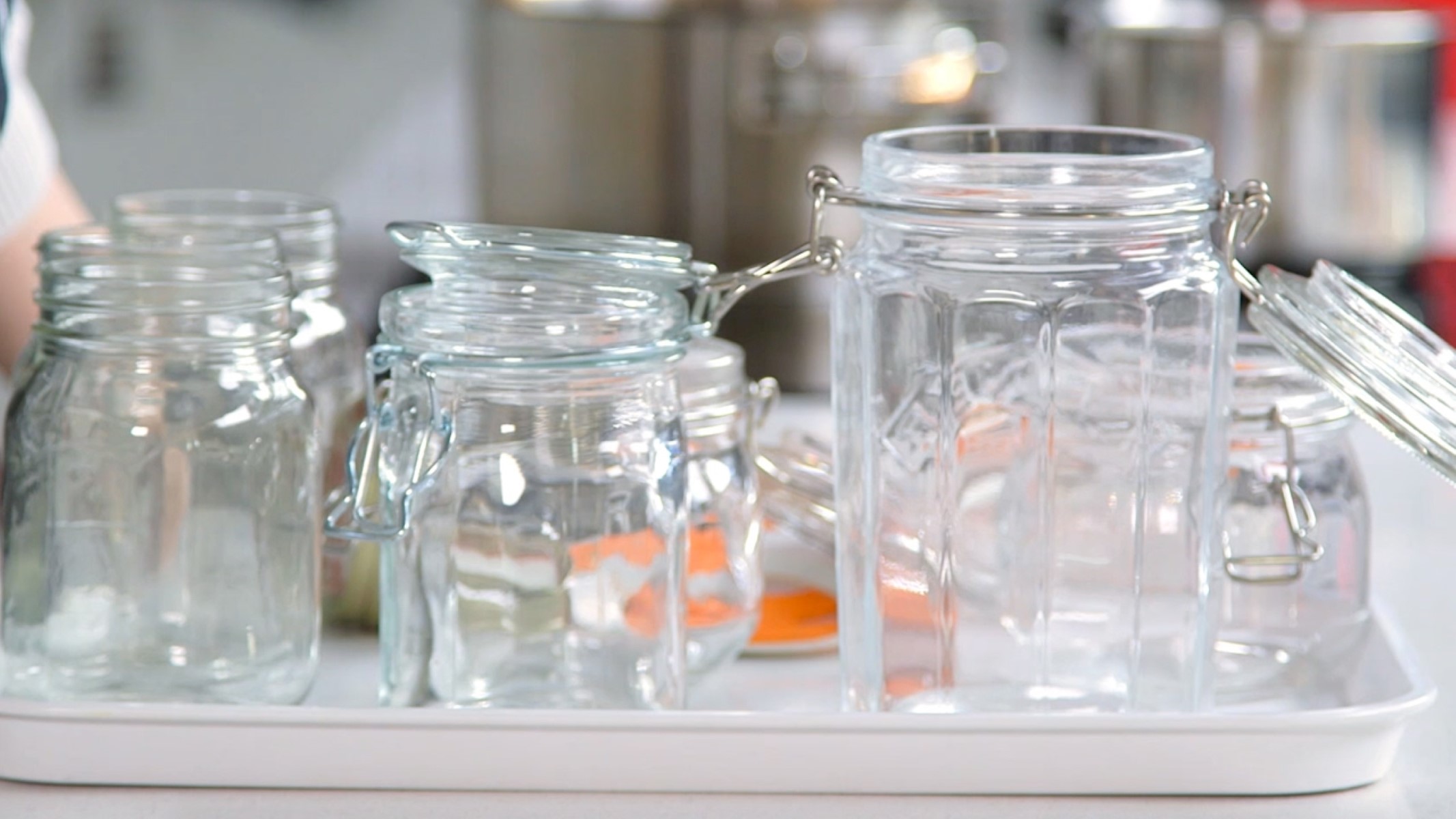
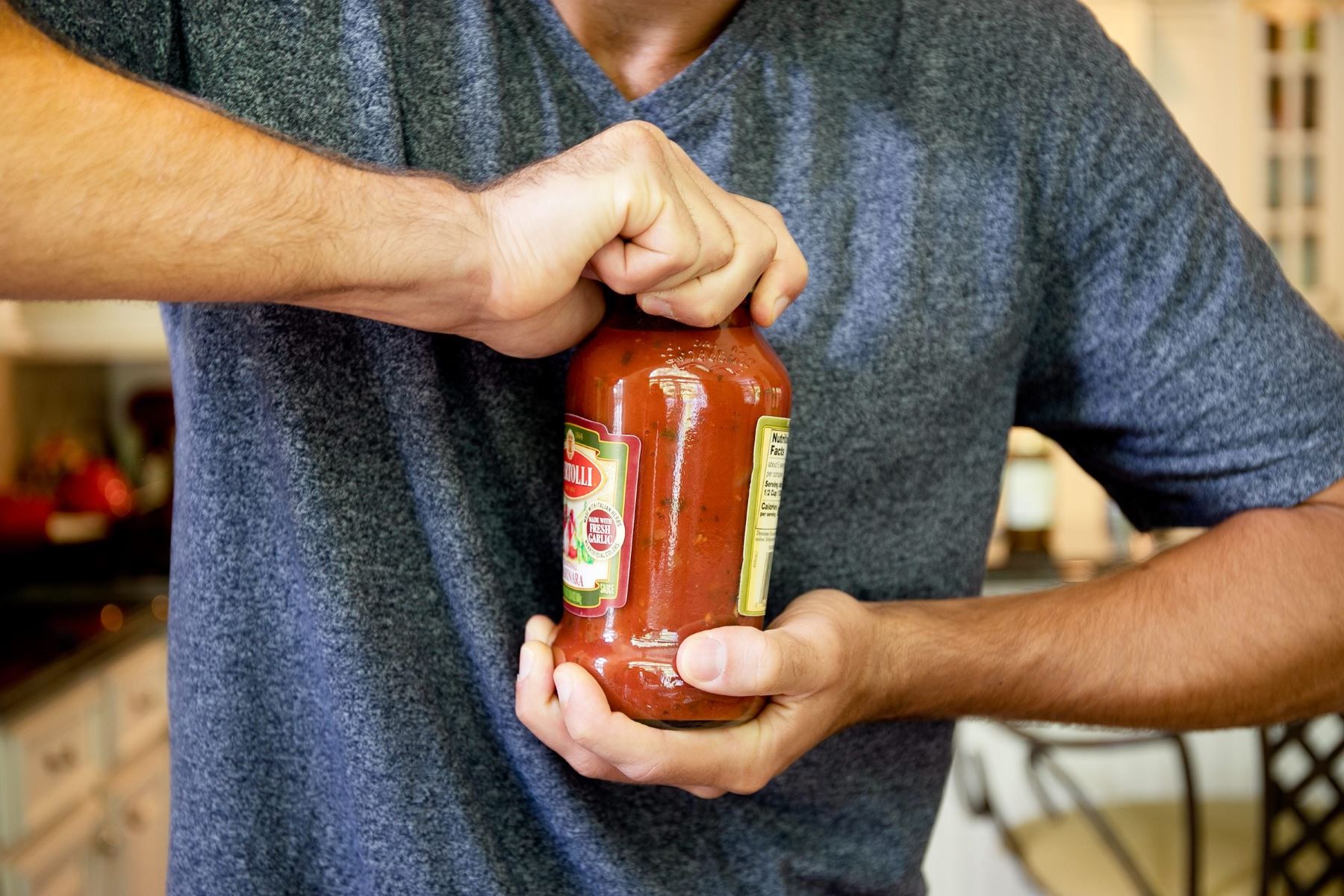
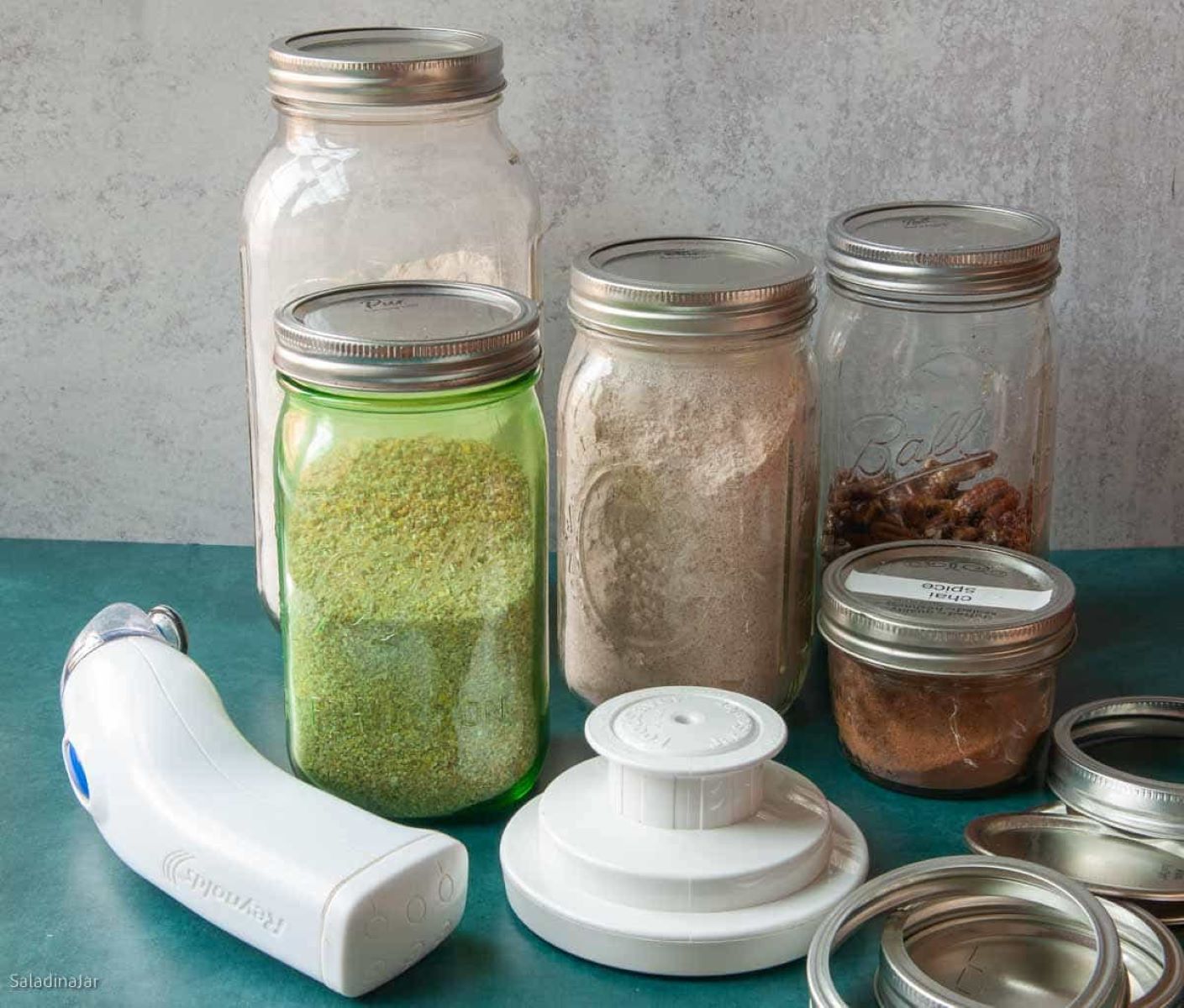
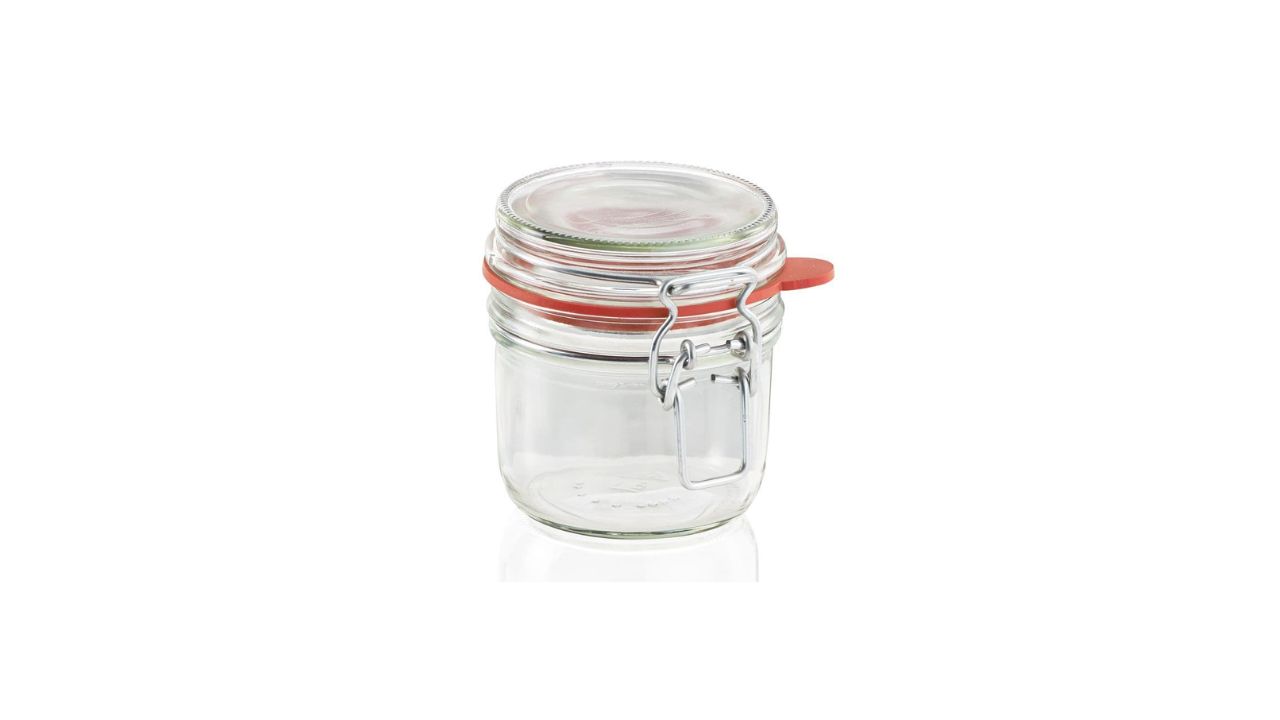
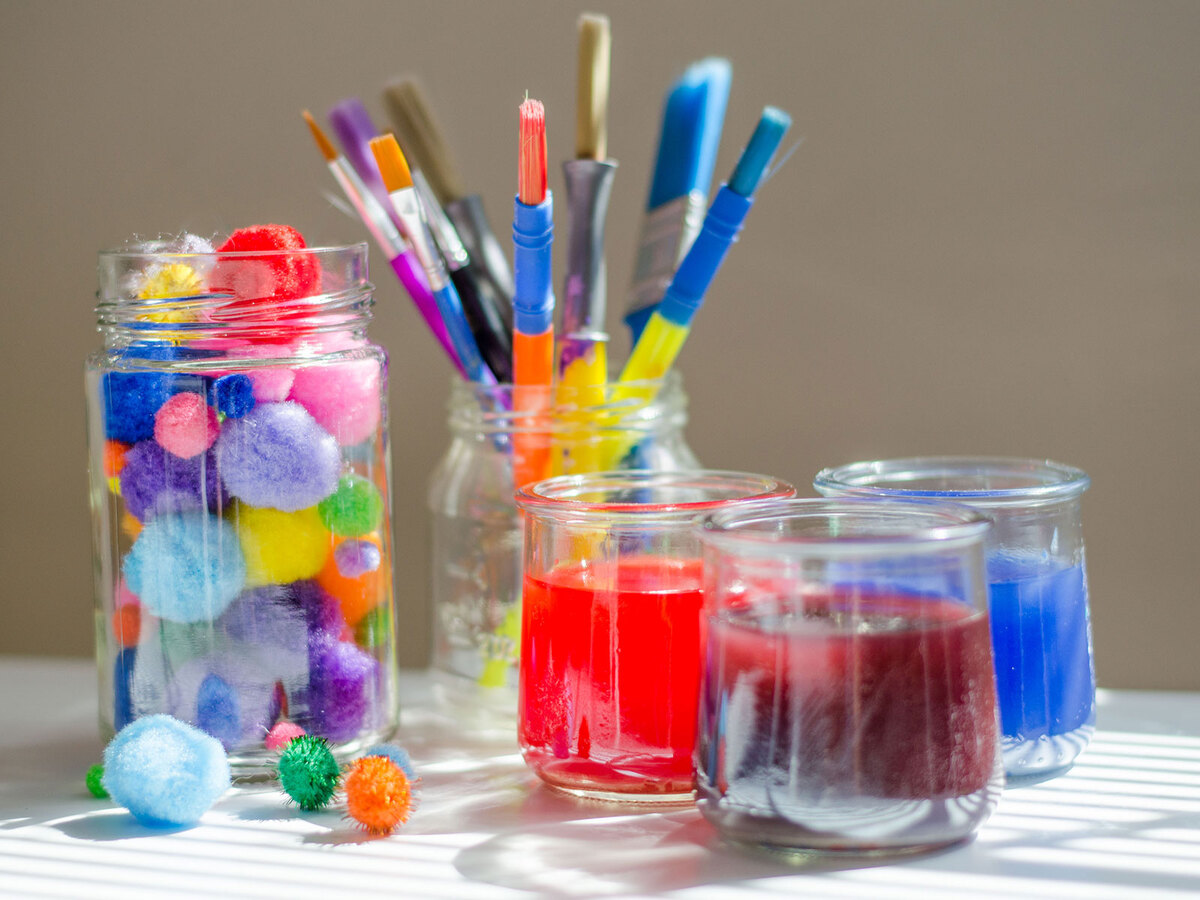
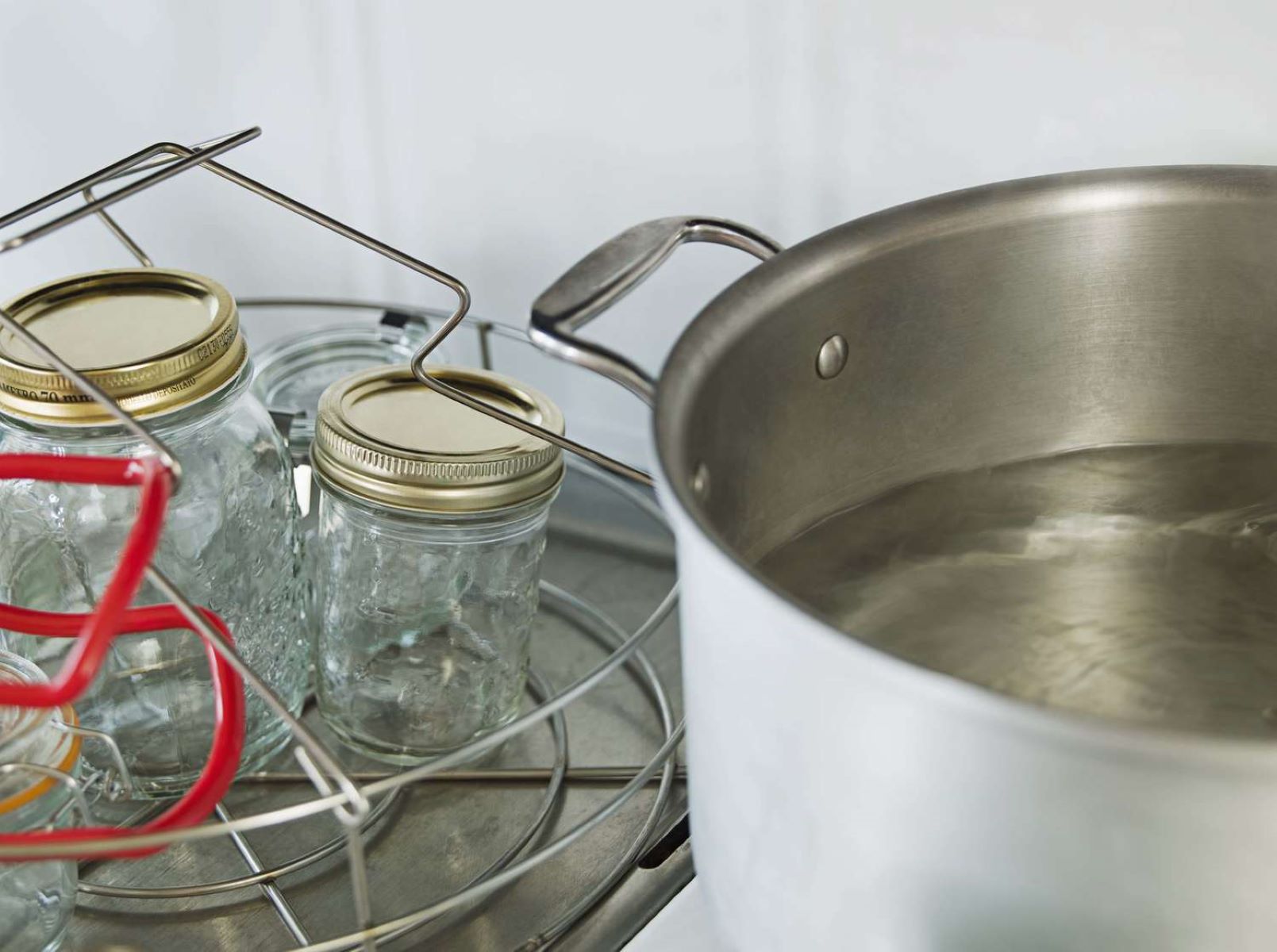
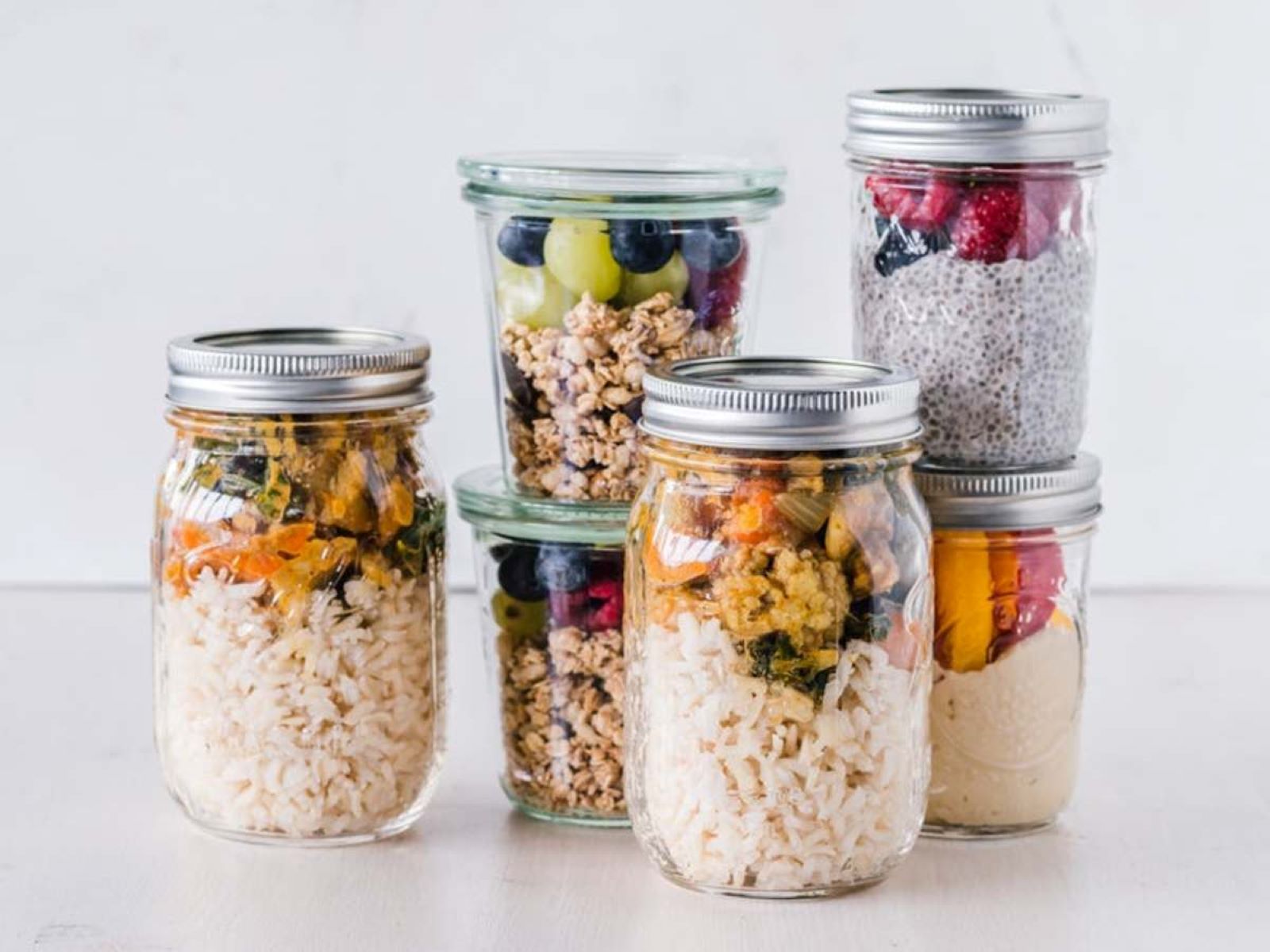
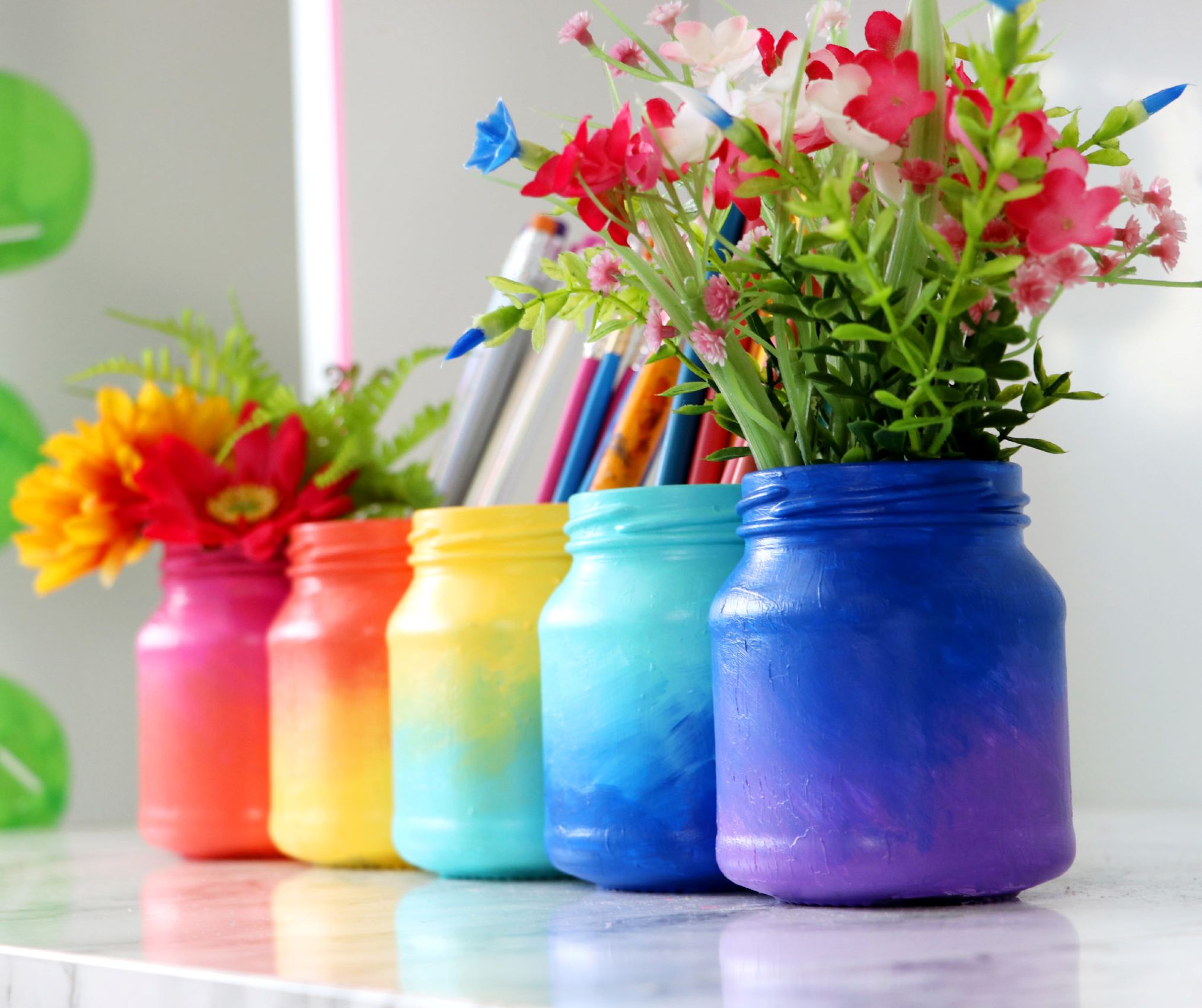

0 thoughts on “How To Store Fruit In Glass Jars”